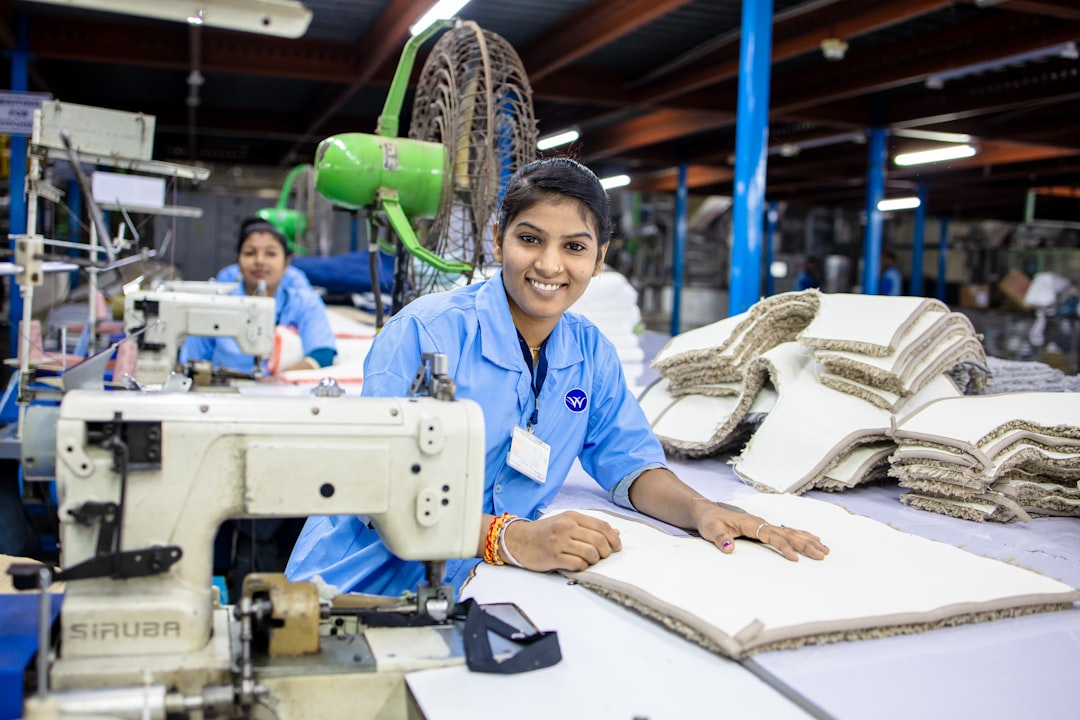No products in the cart.
Women’s Workforce Participation in India Reaches New Heights
India's women's workforce participation has doubled, driven by industry initiatives supporting their return to work, marking a significant shift in the labor market.
Mumbai, India — India is witnessing a remarkable transformation in its workforce landscape. Women’s participation in the labor force has doubled over the past five years, fueled by a combination of government initiatives and proactive industry measures aimed at supporting women returning to work.
This surge is part of a broader movement known as the Nari Shakti initiative, which translates to “Women Power.” Launched by the Indian government in 2020, this initiative aims to empower women economically and socially, promoting gender equality across various sectors. The recent data from the Ministry of Labour and Employment indicates that women’s workforce participation rose from 24% in 2020 to 48% in 2025, a significant leap that underscores the effectiveness of these policies.

Various sectors have played a pivotal role in this evolution. The technology and service industries, in particular, have embraced flexible work arrangements, remote working options, and inclusive workplace practices. Companies like Tata Consultancy Services (TCS) and Infosys have implemented programs specifically designed to support women returning to the workforce after career breaks. These programs include mentorship opportunities, skill development workshops, and networking events that connect women with industry leaders.
Furthermore, the rise of the gig economy has provided women with alternative employment avenues. Freelancing and part-time roles allow women to balance work with family responsibilities. According to a report by the McKinsey Global Institute, women constitute nearly 30% of gig workers in India, a figure that continues to grow as more women seek independence and flexibility in their careers.
These programs include mentorship opportunities, skill development workshops, and networking events that connect women with industry leaders.
However, challenges remain. Despite the encouraging statistics, women still face societal and cultural barriers that can impede their professional growth. Gender bias in hiring practices and workplace dynamics often discourages women from pursuing leadership roles. A survey by the World Economic Forum found that only 9% of women in India hold senior management positions, indicating a stark disparity in leadership representation.
To address these challenges, various organizations are stepping up their efforts. The Confederation of Indian Industry (CII) has launched initiatives aimed at promoting diversity and inclusion within corporate structures. These initiatives focus on creating safe and supportive work environments for women, establishing equal pay practices, and implementing strict anti-discrimination policies.
The education sector is also evolving to support this shift. Institutions are offering tailored programs designed to equip women with the necessary skills to thrive in a competitive job market. Collaborations between educational bodies and corporate partners are fostering internships and hands-on training, ensuring that women are job-ready upon graduation.
Furthermore, the government’s push towards digital literacy has empowered women to harness technology in their careers. The Digital India initiative, launched in 2015, aims to increase digital infrastructure and skills across the country, directly benefiting women in remote areas who previously had limited access to educational resources and job opportunities.
As these changes unfold, the landscape of women’s employment in India is set to evolve further. The forecast suggests that by 2030, women’s workforce participation could reach as high as 60% if current trends continue. This could have profound implications for the economy, potentially adding $700 billion to India’s GDP, according to estimates from the McKinsey Global Institute.
The Digital India initiative, launched in 2015, aims to increase digital infrastructure and skills across the country, directly benefiting women in remote areas who previously had limited access to educational resources and job opportunities.
Looking ahead, the focus must shift towards sustaining this momentum. Continuous efforts to dismantle systemic barriers and promote an inclusive culture will be crucial. Companies are encouraged to adopt transparent hiring practices, invest in training programs that prioritize women, and foster mentorship networks that empower women leaders.
As India embraces this Nari Shakti moment, it is essential that all stakeholders remain committed to driving change. The potential for women to contribute significantly to the economy is immense. With the right support systems in place, the future of women in the workforce looks brighter than ever.











